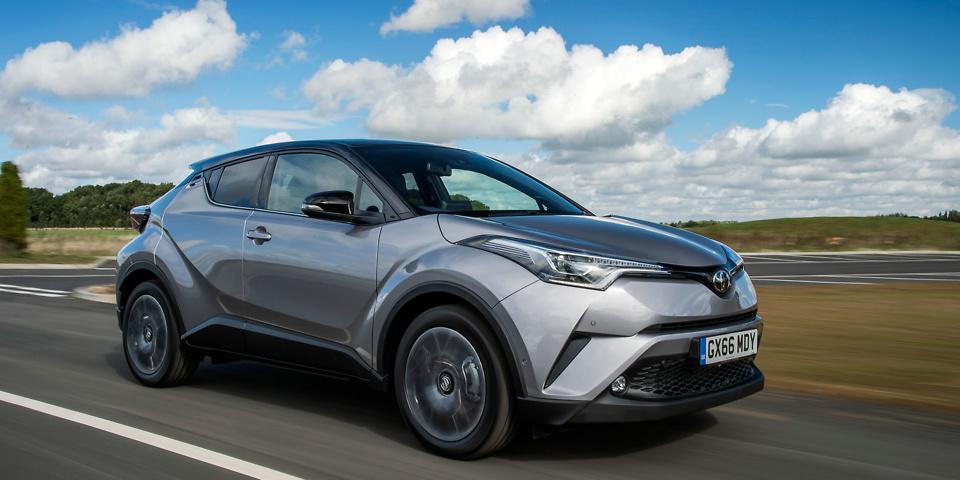Index Surge: Amplifying Your Insights
Stay updated with the latest trends and news across various industries.
Hybrid Hype: Are We Ready to Make the Switch?
Discover the truth behind hybrid cars! Are we truly ready for the shift? Explore the hype and make informed choices today!
Understanding Hybrid Vehicles: Benefits and Challenges
Hybrid vehicles combine traditional internal combustion engines with electric propulsion systems, offering a unique blend of fuel efficiency and reduced emissions. One of the primary benefits of hybrid vehicles is their ability to improve fuel economy, which can lead to significant savings on fuel costs over time. Additionally, hybrid cars typically emit fewer greenhouse gases compared to their conventional counterparts, contributing positively to environmental sustainability. Other advantages include incentives such as tax credits and reduced registration fees in many regions, making them a financially appealing option for eco-conscious consumers.
However, there are also challenges associated with hybrid vehicles that potential buyers should consider. For instance, the initial purchase price of hybrid cars can be higher than that of traditional vehicles, which may deter some consumers. Moreover, the maintenance of hybrid systems may require specialized knowledge and can sometimes lead to increased service costs. Furthermore, while hybrids offer impressive fuel economy, their performance can vary based on driving conditions and personal driving habits, making it essential for drivers to understand their usage patterns for optimal benefits.

Is the Future of Transportation Hybrid? Exploring Alternatives
The future of transportation is increasingly leaning towards hybrid models as a solution to the growing concerns surrounding environmental sustainability and energy efficiency. Hybrid vehicles, which combine internal combustion engines with electric propulsion, offer a smoother transition toward completely electric solutions while still utilizing traditional fuel sources. This approach not only reduces greenhouse gas emissions but also addresses the limitations of electric vehicles, such as range anxiety and charging infrastructure. As cities worldwide become more congested and pollution levels rise, the hybrid model may become a practical choice that balances power and eco-friendliness.
In addition to hybrid vehicles, there are other intriguing alternatives on the horizon. From hydrogen fuel cells to electric scooters, the transportation landscape is evolving rapidly. Technologies such as autonomous vehicles and shared mobility services are also gaining traction, promising to reshape our commuting experience. As we explore these options, it becomes clear that a multifaceted approach could define the future of transportation. Rather than a single solution, we may see a diverse array of vehicles coexisting, leading to a more sustainable and efficient transportation ecosystem.
Key Questions to Consider Before Making the Switch to Hybrid
Before making the switch to hybrid, it's crucial to evaluate your organization's specific needs and goals. Start by asking yourself, 'What are the primary objectives we aim to achieve with a hybrid model?' Consider factors such as employee productivity, collaboration, and work-life balance. Additionally, assess if your current infrastructure can support a blended work environment. Evaluate existing technology and tools that facilitate remote work and in-office collaboration, as these will play a significant role in your success.
Another essential question to ponder is, 'How will we manage team dynamics and communication in a hybrid setup?' Establishing clear guidelines for communication, scheduling, and team interactions is vital to ensure a cohesive work culture. Consider implementing regular check-ins or utilizing project management tools to keep everyone on the same page. Furthermore, think about how performance metrics will be adjusted to evaluate success in this new model, as traditional metrics may not apply in a hybrid context.